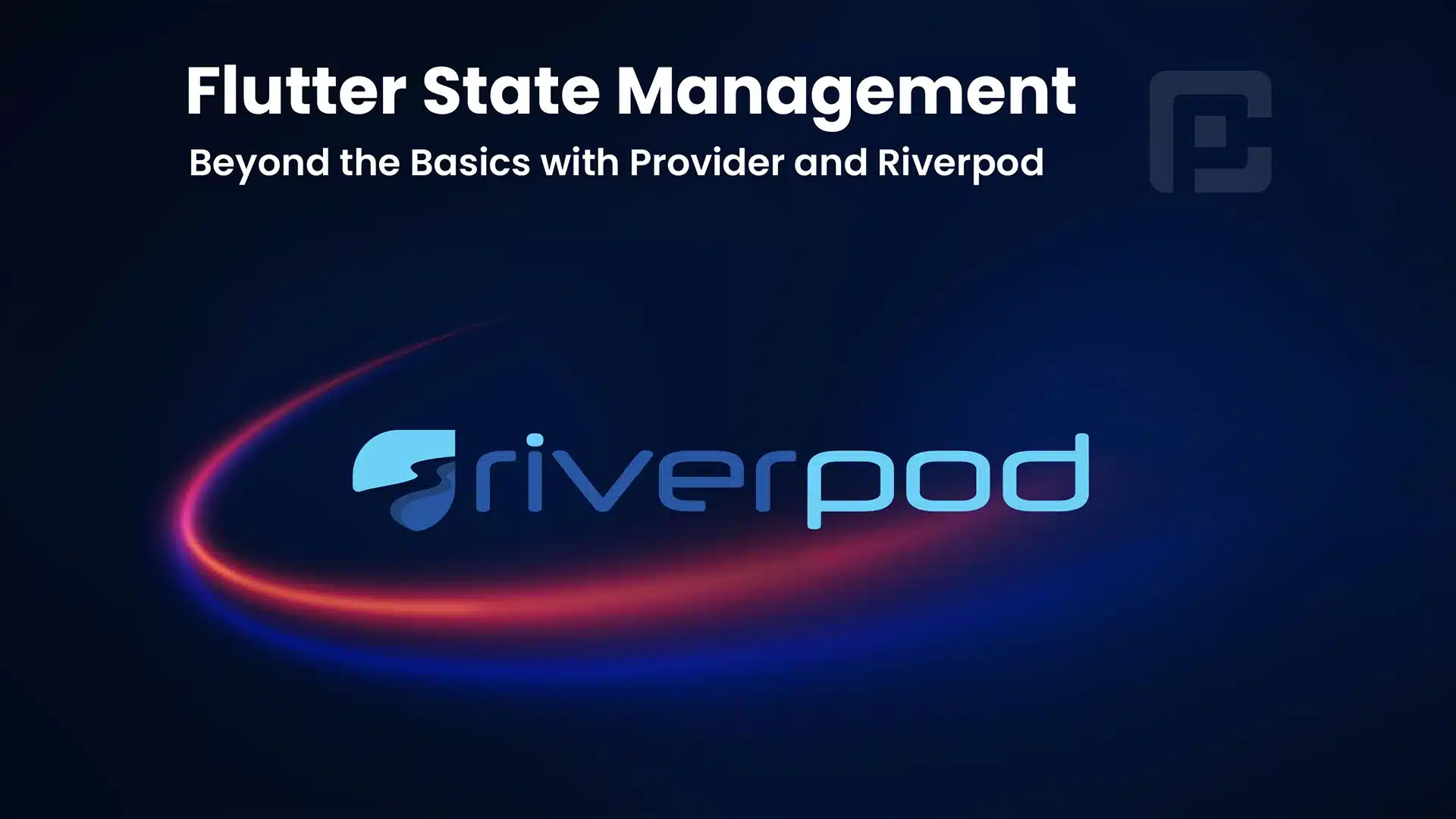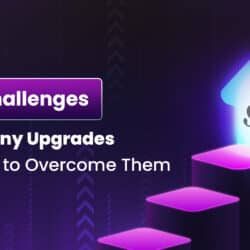Advanced Flutter State Management with Provider and Riverpod

28 June
State management is a critical aspect of building robust and scalable Flutter applications. While Flutter provides its own state management solution called “setState,” it may not be sufficient for complex applications. That’s where external state management libraries like Provider and Riverpod come into play. In this article, we will explore how Provider and Riverpod take Flutter state management to the next level, offering more flexibility, scalability, and code organization. We will dive into the core concepts of these libraries and provide practical examples to demonstrate their usage in real-world scenarios.
Understanding Provider
In this section, we will introduce the Provider library and explain its core concepts, such as ChangeNotifier, Consumer, and Selector. We will demonstrate how Provider simplifies state management by decoupling the state from the UI and enabling efficient updates. Through code examples, we will showcase how to create providers, consume them in widgets, and handle state changes.
Exploring Riverpod
Riverpod, a more advanced version of Provider, offers additional features and improvements. In this section, we will delve into the Riverpod library and explore its main components, including StateNotifier, ScopedProvider, and Family. We will showcase how Riverpod enables better separation of concerns, dependency injection, and fine-grained control over state updates. Practical examples will be provided to illustrate the benefits of using Riverpod in complex Flutter applications.
Integrating Provider and Riverpod with Example
In this section, we will demonstrate how Provider and Riverpod can be integrated into a Flutter project by building a simple task management application. We will showcase how to manage the state of tasks using these libraries, handle user interactions, and update the UI accordingly. Through step-by-step explanations and code snippets, readers will gain a clear understanding of how to leverage Provider and Riverpod to build scalable and maintainable Flutter applications.
Comparing Provider and Riverpod
In the final section, we will compare Provider and Riverpod based on their features, performance, and ease of use. We will discuss the scenarios where one library might be more suitable than the other and provide guidance on choosing the right state management approach for different project requirements.
Conclusion
Flutter state management goes beyond the basics with libraries like Provider and Riverpod. These powerful tools offer enhanced flexibility, scalability, and code organization for managing the state of Flutter applications. By exploring the concepts and examples presented in this article, you will be well-equipped to take your Flutter state management skills to the next level. Whether you choose Provider or Riverpod, you’ll be able to build complex and efficient Flutter applications with ease.
Happy coding!





